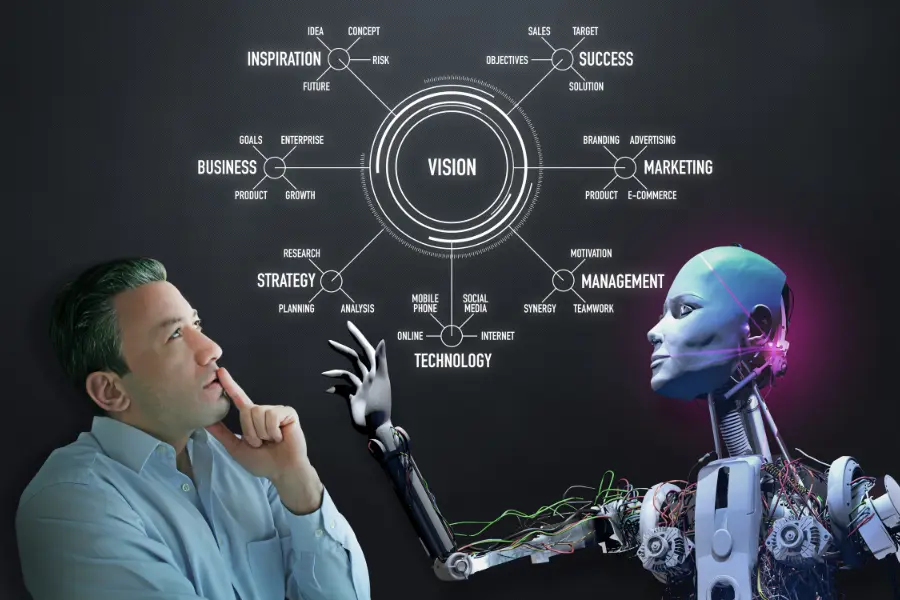How does Python drive computer vision innovations?
In recent years, computer vision has transformed from a niche research area to a pivotal technology with widespread applications across industries. At the heart of this transformation lies Python, a programming language renowned for its simplicity, versatility, and powerful libraries. Python's influence on the field of computer vision is profound, enabling researchers, engineers, and developers to innovate rapidly and deploy sophisticated vision-based solutions.

The Python Advantage in Computer Vision
Python's popularity in computer vision stems from several key advantages. First and foremost is its ease of use and readability, making it accessible to both beginners and seasoned professionals alike. The syntax is clear and concise, allowing developers to focus on algorithmic design and problem-solving rather than getting bogged down by language intricacies.
Another compelling factor is Python's extensive ecosystem of libraries tailored specifically for computer vision tasks. OpenCV, for instance, is a cornerstone library that provides a comprehensive suite of functions for image and video processing, essential for tasks like image manipulation, feature detection, and optical flow analysis. Its C++ core is wrapped with Python bindings, ensuring both efficiency and ease of use.
1. Machine Learning Integration
Python's seamless integration with machine learning frameworks such as TensorFlow and PyTorch further amplifies its impact in computer vision. These frameworks empower developers to implement state-of-the-art deep learning models for tasks like object detection, image segmentation, and facial recognition. Leveraging Python's robust numerical computation libraries like NumPy and SciPy, these frameworks enable efficient data manipulation and model training, crucial for handling large-scale vision datasets.
2. Rapid Prototyping and Experimentation
One of Python's standout strengths is its support for rapid prototyping and experimentation. Researchers and developers can quickly prototype new algorithms, tweak parameters, and visualize results using libraries such as Matplotlib and Seaborn. This iterative approach accelerates innovation cycles, facilitating the discovery and refinement of novel computer vision techniques.
3. Community and Support
Python's vibrant community plays a vital role in advancing computer vision innovations. Forums, online communities, and open-source repositories foster collaboration and knowledge sharing among practitioners worldwide. This collective effort contributes to the continuous improvement and democratization of computer vision technologies, making cutting-edge research accessible to a broader audience.
4. Industry Applications
Python's dominance in computer vision extends across diverse industries. In autonomous vehicles, Python-based vision systems interpret real-time data from cameras and sensors to make critical decisions on navigation and object recognition. Healthcare applications utilize Python-powered image analysis to assist in medical diagnostics, pathology, and surgical procedures. Retail sectors employ computer vision for customer analytics, inventory management, and automated checkout processes, enhancing operational efficiency and customer experience.
Future Directions
Looking ahead, Python's role in computer vision is poised to expand further. Advances in hardware acceleration, such as GPUs and TPUs, coupled with optimized Python libraries, will enable real-time processing of high-definition video streams and complex visual data. Emerging techniques like generative adversarial networks (GANs) and reinforcement learning promise to unlock new capabilities in image synthesis, video prediction, and interactive visual systems.
Python stands as a foundation of innovation in the realm of computer vision, empowering researchers and developers to push the boundaries of what is possible. Its intuitive syntax, robust libraries, and integration with machine learning frameworks make it indispensable for tackling diverse challenges in image processing, pattern recognition, and visual understanding. As industries increasingly harness the power of computer vision to drive efficiency and innovation, Python remains at the forefront, driving forward the next generation of transformative applications.
Python's pivotal role in computer vision innovation underscores its versatility and adaptability, ensuring it remains a foundational tool in shaping the future of visual intelligence across industries and disciplines.
Active Events
From Zero to Hero: The Untold Secrets of Becoming a Full Stack Developer
Date: Feburary 26, 2025 | 7:00 PM(IST)
7:00 PM(IST) - 8:10 PM(IST)
2749 people have registered
Maximizing Your Earnings: 7 Strategies for Business Analysts in 2024
Date: Feburary 27, 2025 | 7:00 PM (IST)
7:00 PM (IST) - 8:10 PM (IST)
2753 people have registered
Your Data Science Career Game-Changing in 2024: Explore Trends and Opportunities
Date: Feburary 28, 2025 | 7:00 PM (IST)
7:00 PM (IST) - 8:10 PM (IST)
2811 people have registered
Bootcamps
Data Analytics Bootcamp
- Duration:8 weeks
- Start Date:October 5, 2024
Data Science Bootcamp
- Duration:8 weeks
- Start Date:October 5, 2024
